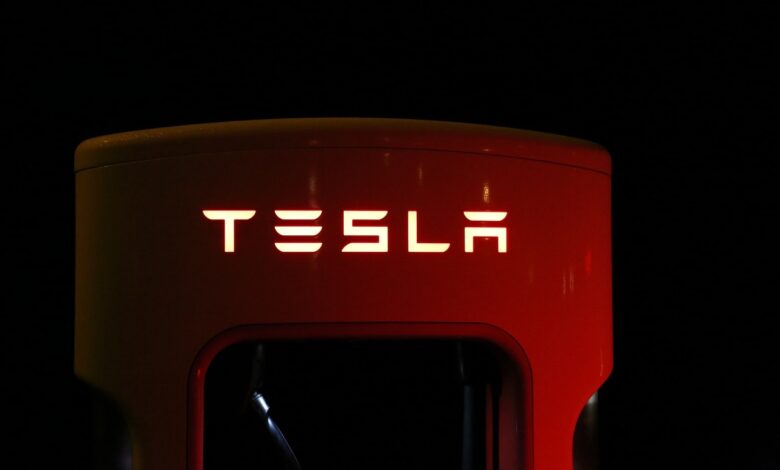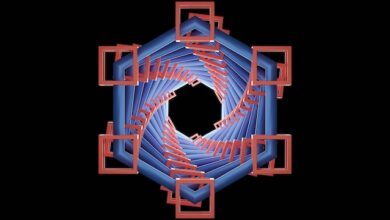Tesla Reportedly Delays Cybertruck Deliveries Due to Windshield Wiper Issues

Tesla’s highly anticipated Cybertruck has encountered another delay, this time reportedly due to issues with its windshield wiper system. The Cybertruck, unveiled in 2019, has generated considerable excitement for its futuristic design and advanced features. However, this latest setback adds to a series of delays that have pushed back the vehicle’s delivery timeline. This article explores the specifics of the windshield wiper issue, its impact on the Cybertruck’s production schedule, and the broader implications for Tesla and its customers.
The Windshield Wiper Problem
The Cybertruck’s unique design poses particular challenges for its windshield wiper system. Unlike conventional vehicles, the Cybertruck features a large, flat windshield that requires a specialized wiper mechanism to ensure effective coverage. Reports indicate that Tesla is facing difficulties in developing a windshield wiper that meets both functional and aesthetic standards for the Cybertruck.
Key Challenges:
- Size and Shape: The Cybertruck’s windshield is significantly larger and more angled than traditional windshields. This requires a wiper system that can cover a broad area without leaving streaks or gaps.
- Single-Blade Design: Early prototypes showcased a single, large wiper blade designed to clear the entire windshield. Ensuring this blade performs effectively under various weather conditions has proven challenging.
- Aesthetic Integration: The wiper system needs to integrate seamlessly with the Cybertruck’s sleek, minimalist design. This integration must not compromise the vehicle’s futuristic appearance or aerodynamic efficiency.
- Durability: The wiper must be robust enough to handle extreme weather conditions, including heavy rain, snow, and dust storms, without frequent maintenance or replacement.
Impact on Production Schedule
The windshield wiper issue has reportedly forced Tesla to delay the Cybertruck’s delivery timeline. While Tesla has not officially confirmed the exact reasons for the delay, industry insiders and analysts suggest that solving the wiper problem is a significant factor.
Production Milestones:
- Initial Delay: The Cybertruck was originally slated for production in late 2021. However, various design and engineering challenges, including the windshield wiper issue, have pushed back the timeline.
- Current Status: As of now, Tesla has delayed the start of production to late 2023 or early 2024. This delay affects not only the initial rollout but also the delivery schedule for the thousands of customers who have pre-ordered the vehicle.
- Ramp-Up Concerns: Even once production begins, ramping up to full-scale manufacturing could take additional time, especially if the wiper issue is not fully resolved.
Broader Implications for Tesla
The delay in Cybertruck deliveries due to windshield wiper issues has several broader implications for Tesla:
- Customer Patience: Customers who pre-ordered the Cybertruck have already faced multiple delays. Further postponements could test their patience and potentially lead to cancellations or decreased enthusiasm.
- Market Competition: The electric vehicle (EV) market is becoming increasingly competitive, with new models from established automakers and startups alike. Delays in delivering the Cybertruck could give competitors an edge in capturing market share.
- Financial Impact: Delayed deliveries mean postponed revenue. Given the significant number of pre-orders, the financial impact could be substantial, affecting Tesla’s quarterly earnings and stock performance.
- Brand Reputation: Tesla’s reputation for innovation and cutting-edge technology is at stake. Repeated delays might tarnish its image as a leader in the EV market, especially if the delays are due to seemingly basic issues like windshield wipers.
Tesla’s Path Forward
To address the windshield wiper issue and ensure the timely delivery of the Cybertruck, Tesla can take several strategic steps:
- Engineering Solutions: Intensify efforts to develop an effective, durable, and aesthetically pleasing wiper system. This might involve exploring new materials, designs, and technologies.
- Supplier Collaboration: Collaborate with specialized automotive suppliers who have experience in developing innovative wiper systems for unique vehicle designs.
- Transparent Communication: Maintain open and transparent communication with customers about the reasons for delays and the steps being taken to resolve the issues. This can help manage expectations and maintain trust.
- Incremental Updates: If possible, introduce the Cybertruck in phases, starting with limited releases that incorporate interim solutions, while continuing to refine the wiper system for broader distribution.
Conclusion
The reported delay in Tesla’s Cybertruck deliveries due to windshield wiper issues highlights the complexities involved in bringing innovative vehicle designs to market. While the Cybertruck’s unique features and futuristic design have generated significant excitement, practical challenges like the windshield wiper system demonstrate the difficulties in translating visionary concepts into functional products. Tesla’s ability to address these issues effectively will be crucial in maintaining its market position and meeting customer expectations. As the company works to resolve the wiper problem and other production hurdles, the broader EV market will be watching closely, eager to see if the Cybertruck can deliver on its promise of revolutionizing the pickup truck segment.




